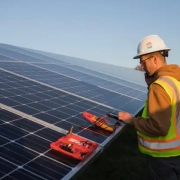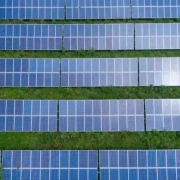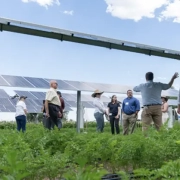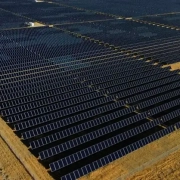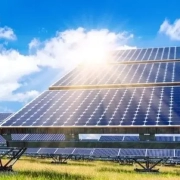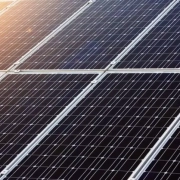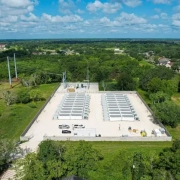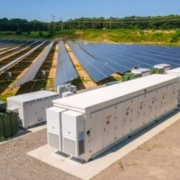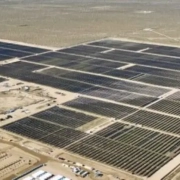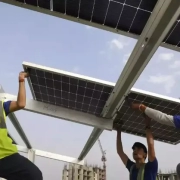Solar accounted for most of the capacity the nation added to its electric grids last year. That feat marks the first time since World War II, when hydropower was booming, that a renewable power source has comprised more than half of the nation’s energy additions.
“It’s really monumental,” said Shawn Rumery, senior director of research at the Solar Energy Industries Association, or SEIA. The trade group announced the 2023 numbers in a report released today with analytics firm Wood MacKenzie. The 32.4 gigawatts that came online in the United States last year shattered the previous high of 23.6 gigawatts recorded in 2021 and accounted for 53 percent of new capacity. Natural gas was next in line at a distant 18 percent.
Click here to read the full article
Source: Grist
—
If you have any questions or thoughts about the topic, feel free to contact us here or leave a comment below.

